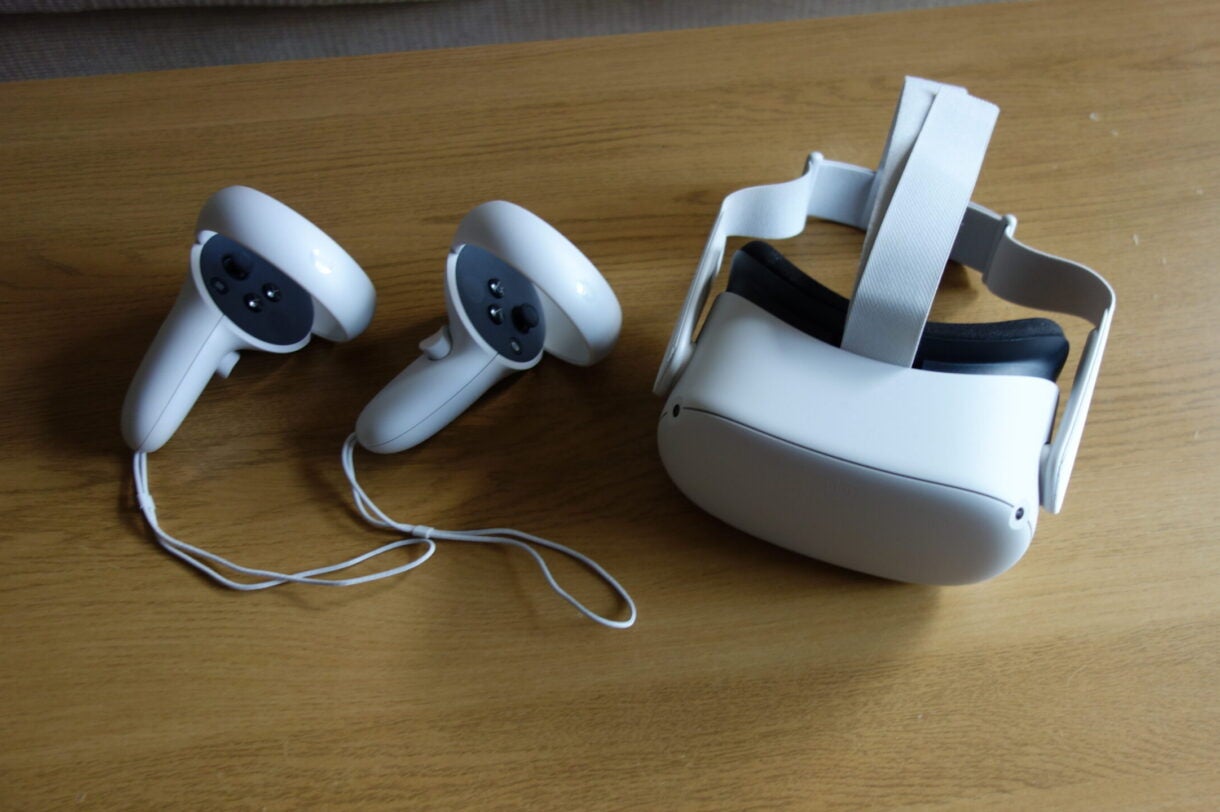

To create your play space you’ll just look at the floor, ceiling, and all of your walls: which can take as little as 15 seconds. The room scanning feature is incredibly slick, showing off the exterior cameras of the PSVR 2 unit with a cool sci-fi pixelated overlay. Quite the contrast! After plugging it in, the headset took roughly 30 seconds to initialize fully on my PS5: adding about 30 seconds to sync each controller (which need to be plugged in at first). On the left is the PSVR 2 (one USB-C cable), on the right is the original PSVR (with some jumbled cables for dramatic effect). To really hit home how much easier it is to setup the PSVR 2 is compared to its predecessor, just take a look at the comparison photos I shot below.

The PSVR 2 is a paragon of VR setup experiences.

MSRP: $549.99 (base PSVR 2 unit with two Sense controllers) The PlayStation VR 2 is a good compromise combined with great tech: with the obvious hurdle of the price point. Other headsets focus on power at the expense of clunk, like multiple finnicky tracking devices. The Oculus Quest 2 is comfortable, but not super powerful. For the past seven years or so, VR has struggled to balance power and comfort. Once the first consumer-grade Oculus Rift headset launched, I was there, and saw all of the advancements of the subsequent two decades since the TV-helmet at once: but there was so much more work to do. It was an absolutely fascinating experience all the same, and I’ve kept my eye on the tech ever since.
Oculus quest 2 pavlov tv#
It was for a racing game demo, and basically amounted to putting a TV on your head…I think I lost some of my eyesight that day. The first time I encountered “VR” was at a county fair in the ’90s. To VR or not to VR: The perpetual question of price


 0 kommentar(er)
0 kommentar(er)
